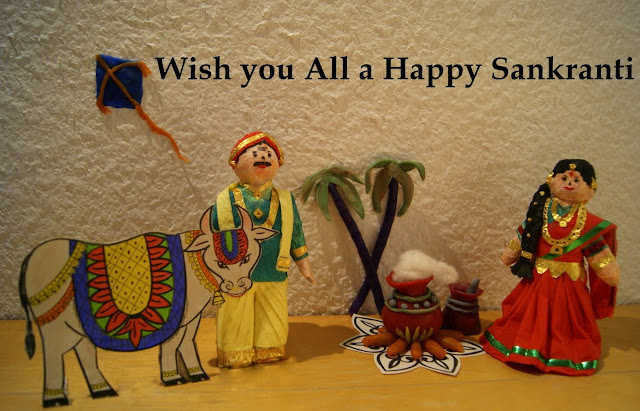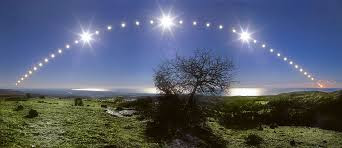Makara Sankranti marks the transition of the sun into the zodiacal sign of Makara (Capricorn) on its celestial path, which is the first change in the zodiac after the winter solstice and is the first day of the month of Magha or Makara.
Makar Sankranti is celebrated as a very important festival in India. Sankranti literally means “movement.” Everything that we recognize as life is movement.The significance of the Makar Sankranti festival is that it marks the day where there is a significant movement in the zodiac – the arrangement of the earth’s dial around the sun – and this movement brings about a new change in the way we experience the planet itself. There are many sankrantis through the year; the two significant ones being Makar Sankranti, and right opposite, after summer solstice is Karkataka Sankranti. In between, there are many Sankrantis – every time the zodiac sign changes, it is called a Sankranti to suggest the movement of the planet, to understand that our life is sustained and nourished by this movement. If this movement ceases, everything about us will cease. On the 22nd of December, the winter solstice happened, that means in relation to the sun, the movement or the tilt of the planet reaches its maximum. Now, from this day onwards, the northern movement is strong. Things really start changing upon the earth.The Sun’s run in relation to planet Earth will shift from the southern run to the northern run – from Dakshinayana to Uttarayana.
What is happening in terms of celestial arrangement is that on the winter solstice on December 21, the sun was over the Tropic of Capricorn. From that day, if you watch the sunrise and the movement of the sun, slowly, every day it will shift to the north.
Capricorn is a sign of Saturn. On the day of Makar Sankranti, sun enters into the sign of Saturn.Sun God is considered the father of Saturn.Saturn and Sun,whose auspicious blessings can make humans achieve great success, are worshipped on this day.
Grace of uttarayana:
People who have been spiritually aware have always identified this transition as a possibility for human consciousness to blossom. Particularly, the first half of Uttarayan until the equinox in March is a period where the maximum amount of grace is available. The human system is more receptive to grace at that time than any other. History clearly indicates that the maximum number of people have attained in this phase of the sun in the Northern Hemisphere.
The religious scripture, “Gita” which is known as the voice of Lord Krishna, illustrates that six months of Uttarayan is the day time of deity.
And, the 6 months of Dakhshinayan is the night for Gods. It is believed that person who scarifies his body(dies) in Uttarayan get a position in ‘Krishna Lok’. That person gets liberation, whereas, the one who dies in Dakhshinayan, has to be reborn.
One of the most famous stories is of Bhishma waiting on his deathbed of arrows for many weeks. Though he was severely injured, he held onto his life until Uttarayan came because he wanted to make use of this transition in nature, to make his own transition possible. Gautama also attained on the third full moon day after Uttarayan. And in South India, there are examples of innumerable saints, sages, siddhas and yogis who have made the transition during this period.
The Harvest Festival:
The Makar Sankranti festival is also known and referred to as the harvest festival because this is the time when harvesting is complete and there are big celebrations.This is the day we acknowledge all those who assisted in making the harvest including The Sun and farm animals. Makara Sankranti is celebrated in many parts of South Asia with some regional variations. It is known by different names and celebrated with different customs in different parts of the region.In Tamil Nadu it is called Pongal. In Assam it is celebrated as Magh Bihu and Bhogal Bihu. In states of Punjab and Haryana it is celebrated as Lohri festival. In Uttar Pradesh it is celebrated as Khichdi or Donation festival. In Bihar it is known as Til Sankranti or Khichdi festival. In Kerala, the Makara Jyothi Dasrhan or Makara Vilakku at Lord Ayyappa Temple, Sabarimala attracts lakhs of devotees from all over India.
So Makar Sankranti is a festival to recognize the movement, movement being celebration, movement being life, movement being the process of life and the beginning and the end of life. Wishing you a radiant year ahead!






No comments:
Post a Comment